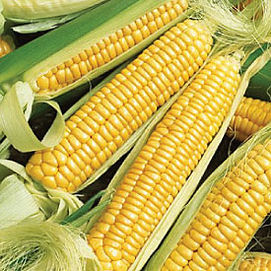
ORIGIN
Despite common beliefs, the concept of genetic modification is not a relatively new discovery. Over 10,000 years ago in the Near East (southwestern Asia), people were already manipulating genes through a process called selective breeding, also known as artificial selection. Although the traditional method of selective breeding is not nearly as direct, quick, or efficient as modern genetic engineering techniques in producing offspring with a desired trait, it does utilize a form of gene manipulation.
In selective breeding, plants of the same or very similar genome that possess a desired trait or traits are bred together. The hope is that the offspring of these plants will be born with the desired trait(s). However, this is not always the case. Even if the experimenter breeds two plants together, whether or not these plants actually pass down the gene variation coding for the desirable trait is all up to chance. Despite so, it can be agreed that carefully selected plants do at least have a higher chance of producing offspring with a desired trait than random plants that breed indiscriminately.
Selective breeding is evident in some of the most common species of plants. Take corn for example. The plump, golden ears of corn we know today were not always like that. Corn, also known as maize, is derived from a plant called teosinte which is characterized by its scarce number of kernels (typically 5-12) which are enclosed in a stony casing. In order to cause teosinte to evolve into corn, farmers crossbred the largest and healthiest specimens. Over time, the new plant generations grew larger and larger as the healthiest ones continued to be bred together, thus resulting in the corn we have today.
Although corn and teosinte share little commonality in terms of appearance, they are significantly similar on a genetic level. Not only do they possess the same number of chromosomes, but the arrangement of genes is very similar as well. In fact, only about 5 genes are responsible for the notable distinctions between teosinte and corn.

